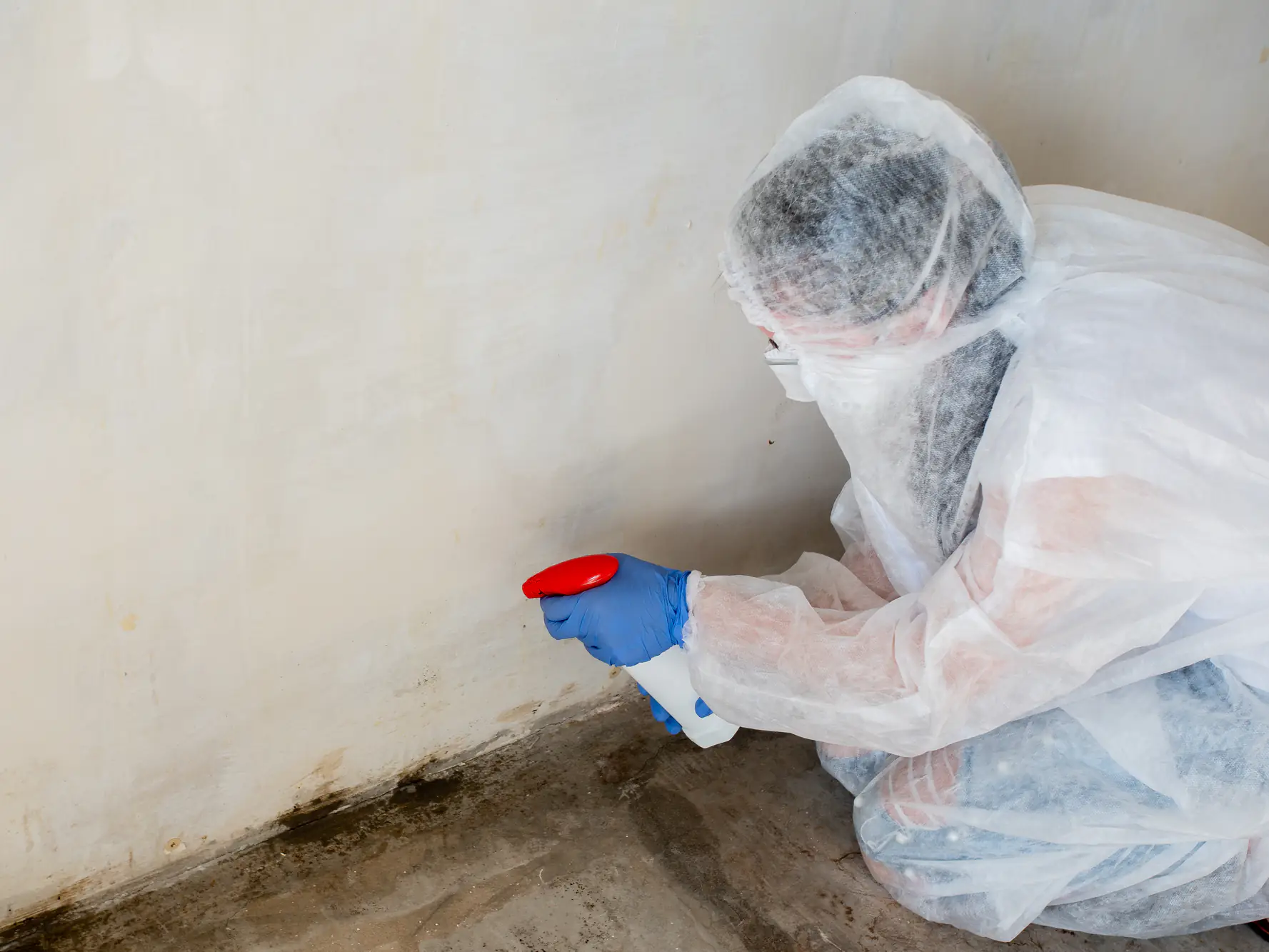
Hear from Our Customers
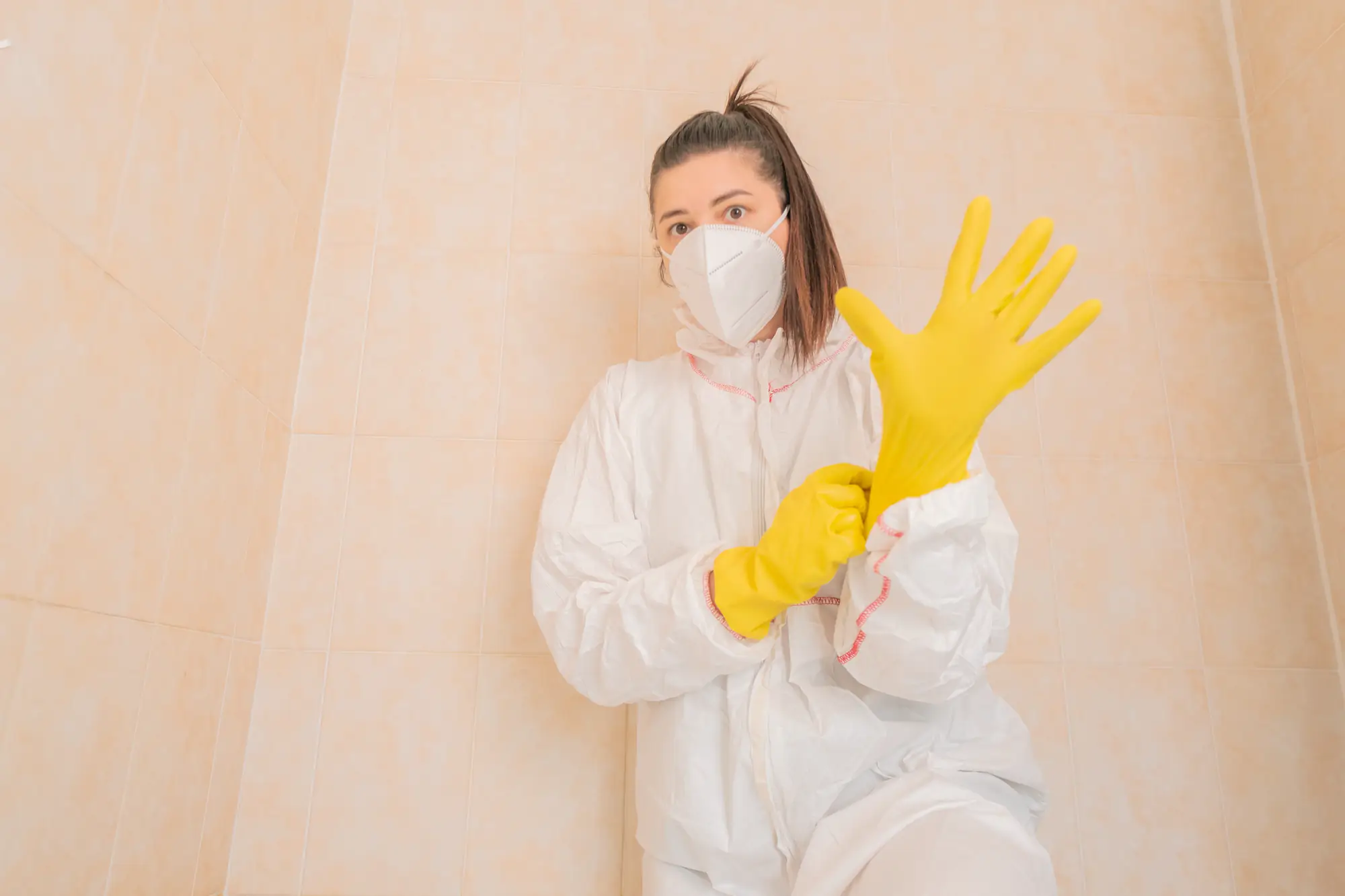
You’ll sleep better knowing your family isn’t breathing mold spores every day. Your home will smell fresh again, without that persistent musty odor that follows you from room to room. No more wondering if that cough or headache is from something lurking in your walls.
When we’re done, your indoor air quality improves dramatically. Your property value stays protected—because mold issues can slash home values by up to 37%. Most importantly, you get peace of mind knowing the problem is actually solved, not just covered up.
We’ve been serving Strawntown and surrounding Bucks County communities for years. We understand the specific challenges homes face here—from the older housing stock built in the 70s and 80s to the increased flooding risks affecting 13% of local properties.
We know that nearly half of Pennsylvania’s homes were built before 1950, making them especially vulnerable to moisture issues. We’ve seen how Bucks County’s wet weather patterns create perfect conditions for mold growth, especially in basements, crawl spaces, and behind walls where you can’t see it developing.
That’s why we focus on thorough inspections and complete solutions, not quick fixes that leave you dealing with the same problem six months later.
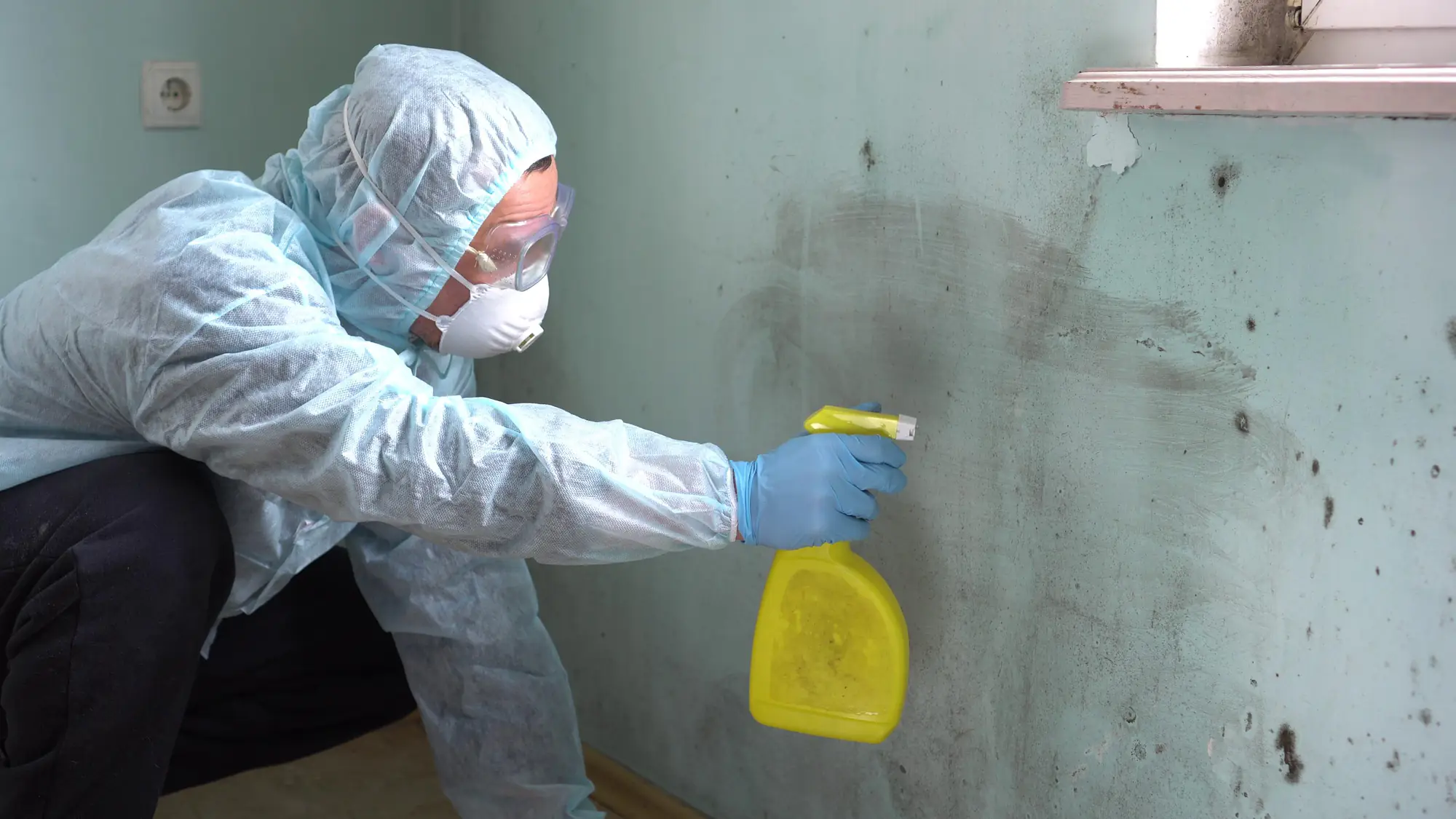
First, we come out for a free inspection—no pressure, no sales pitch. We use professional equipment to find mold you can’t see and identify what’s causing it. Because if we don’t fix the moisture source, the mold just comes back.
Next, we contain the affected area so mold spores don’t spread to clean parts of your home during removal. Then we safely remove contaminated materials and treat affected surfaces with EPA-approved solutions. We use HEPA filtration to clean the air and make sure spores aren’t floating around.
Finally, we address the root cause—whether it’s a leak, poor ventilation, or humidity issues. You get a detailed report of what we found, what we did, and how to prevent future problems. No surprises, no hidden issues left behind.
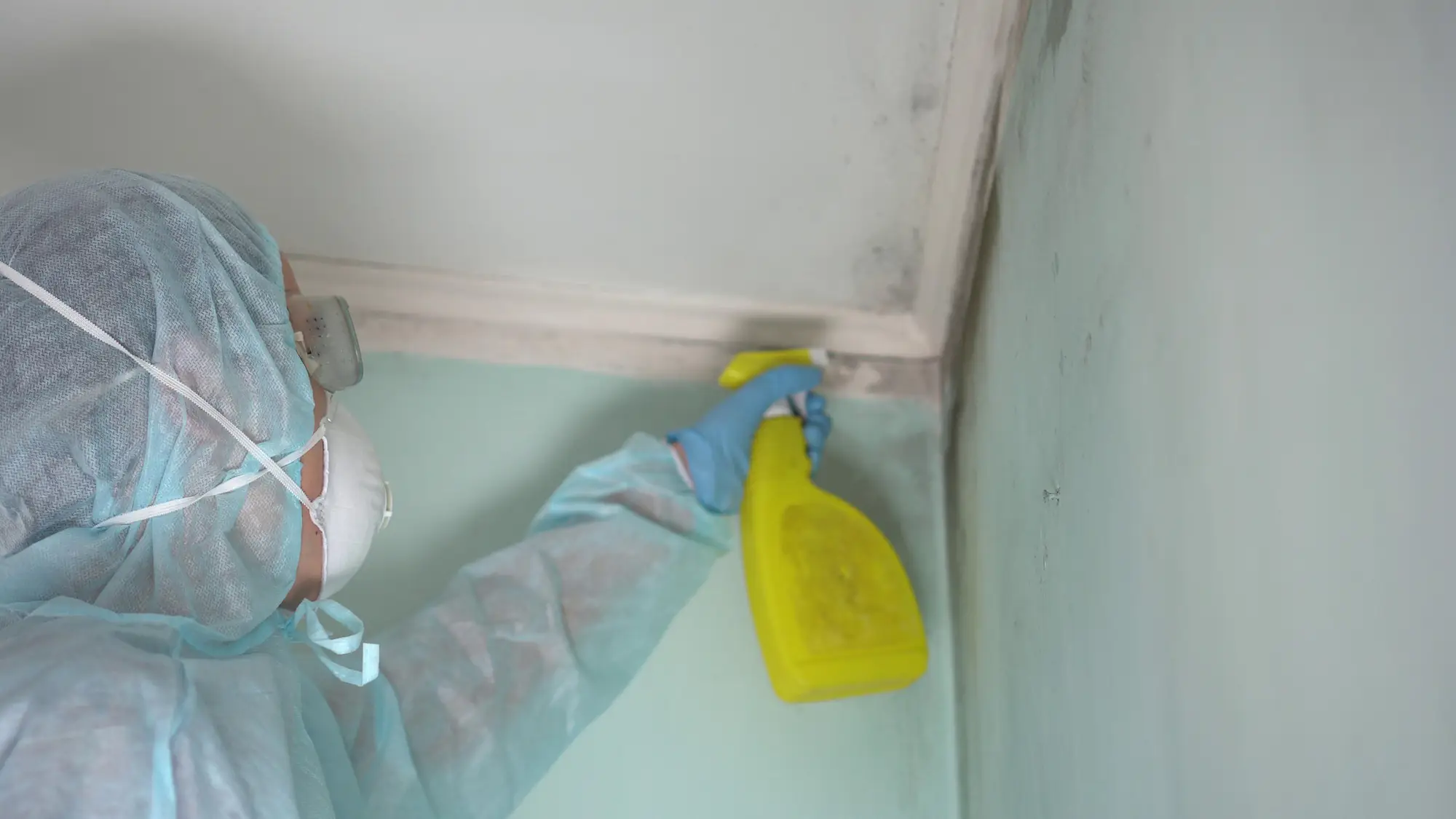
Ready to get started?
Your service includes thorough visual inspection, moisture mapping, air quality testing, and safe mold removal using professional-grade equipment. We handle everything from small bathroom mold issues to extensive basement contamination.
In Strawntown and Bucks County, we commonly find mold in crawl spaces, behind kitchen cabinets, and in basements—areas where moisture builds up in older homes. We also see problems around windows and doors where settling has created gaps that let moisture in.
Our process follows EPA guidelines and includes containment, removal, cleaning, and prevention recommendations specific to your home’s age and construction. You get documentation of our work and guidance on maintaining healthy indoor air quality long-term.
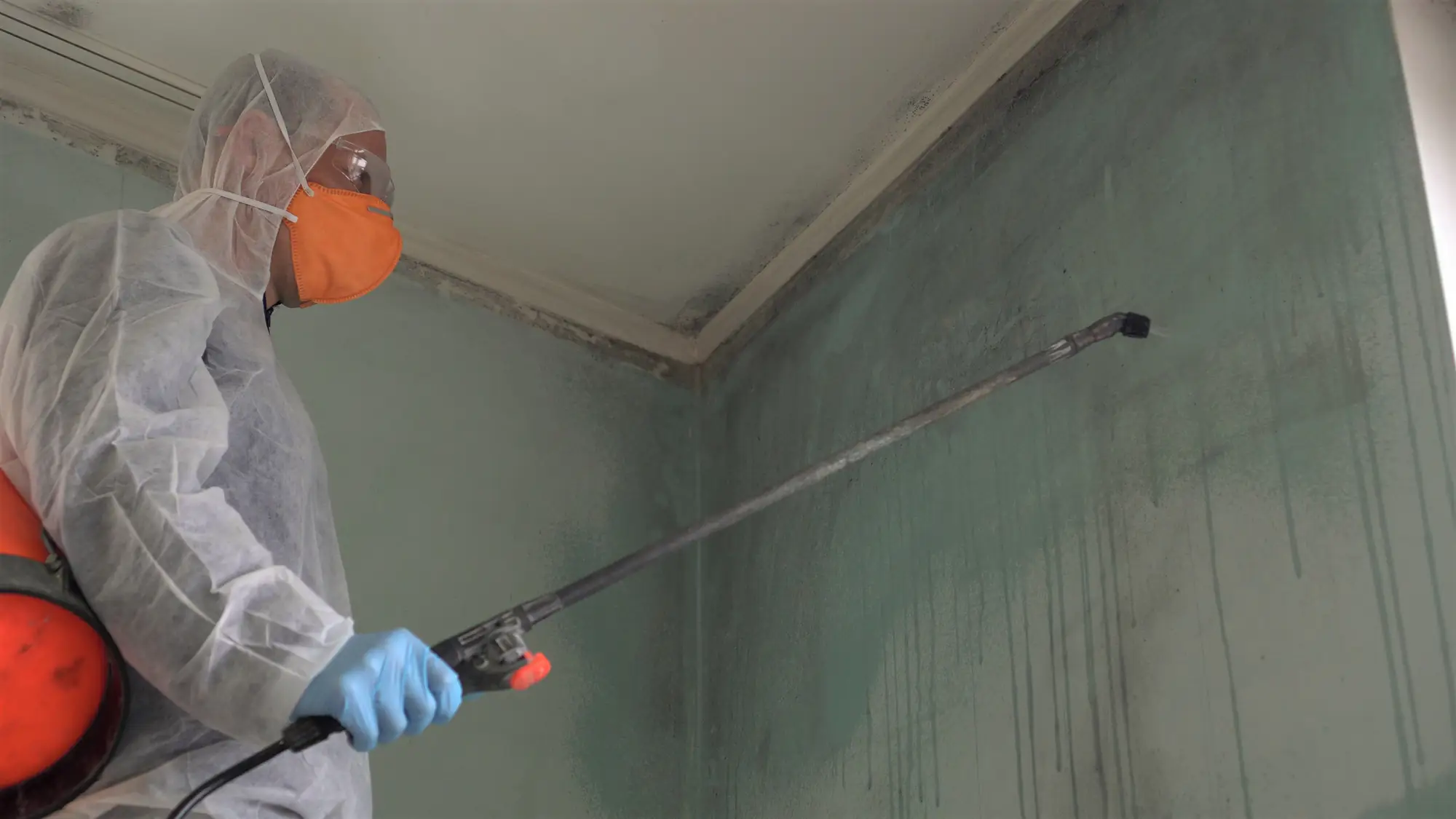
The most obvious signs are visible mold growth, persistent musty odors, or health symptoms like coughing, sneezing, or headaches that improve when you leave the house. But mold often grows hidden behind walls, under carpets, or in crawl spaces where you can’t see it.
In Bucks County’s older homes, check around windows, in basements, and anywhere you’ve had water issues. If you smell something musty but can’t find the source, that’s usually mold growing somewhere you can’t see. Professional testing can detect mold before it becomes a bigger problem.
Don’t ignore symptoms or assume they’ll go away—mold problems only get worse with time, and early detection saves you money and protects your health.
Strawntown’s location in Bucks County creates perfect conditions for mold growth. Many homes here were built between 1970-1999, when moisture control wasn’t as well understood. These homes often have poor ventilation in basements and crawl spaces.
We also deal with increased flooding risks—13% of Bucks County properties face severe flooding threats over the next 30 years. Even minor water intrusion from storms or aging plumbing creates the moisture mold needs to grow. High humidity in summer months makes the problem worse.
Older foundations, settling that creates cracks, and inadequate vapor barriers all contribute to moisture problems that lead to mold growth in areas you can’t easily inspect.
Most residential mold removal projects take 2-5 days, depending on the extent of contamination and the size of affected areas. Small bathroom or kitchen issues might be completed in a day, while extensive basement or whole-house problems can take a week.
The timeline includes inspection, containment setup, actual removal, cleaning, and final testing to make sure the job is complete. We work efficiently but never rush—cutting corners on mold removal just means the problem comes back.
Weather can affect drying times, especially in Bucks County’s humid conditions. We’ll give you a realistic timeline upfront and keep you updated if anything changes during the process.
Insurance coverage depends on what caused the mold problem. If it’s from a covered event like a burst pipe or storm damage, your policy might cover remediation costs. But if mold developed from ongoing moisture issues or lack of maintenance, coverage is unlikely.
Most policies exclude mold that results from humidity, condensation, or gradual leaks that weren’t promptly addressed. However, if you catch and report water damage quickly, you have a better chance of coverage for resulting mold issues.
We can help document the cause and extent of damage for insurance claims. It’s worth filing a claim even if you’re not sure about coverage—sometimes insurers approve claims that initially seem excluded.
The key is controlling moisture, which means fixing whatever caused the mold in the first place. We identify and address root causes during remediation—whether it’s poor ventilation, plumbing leaks, or foundation moisture issues.
Keep indoor humidity below 60% using dehumidifiers, especially in basements and crawl spaces. Ensure proper ventilation in bathrooms and kitchens. Fix leaks immediately and dry water-damaged areas within 24-48 hours. Regular maintenance of gutters, downspouts, and grading around your home prevents water intrusion.
In Bucks County’s older homes, annual inspections of potential problem areas can catch moisture issues before they become mold problems. We provide specific recommendations based on your home’s construction and problem areas we’ve identified.
Mold exposure can cause respiratory problems, allergic reactions, eye and skin irritation, and headaches. Children, elderly family members, and people with asthma or compromised immune systems face higher risks. Some people develop sensitivity that makes symptoms worse with continued exposure.
Studies show that 4.6 million asthma cases in the US are directly caused by mold exposure, and 21% of all asthma cases link to dampness and mold. Beyond respiratory issues, some people experience fatigue, difficulty concentrating, and persistent sinus problems.
The health risks increase with the duration and extent of exposure. That’s why addressing mold problems quickly is so important—the longer your family breathes contaminated air, the greater the potential for developing health issues that could last long after the mold is removed.
Other Services we provide in Strawntown